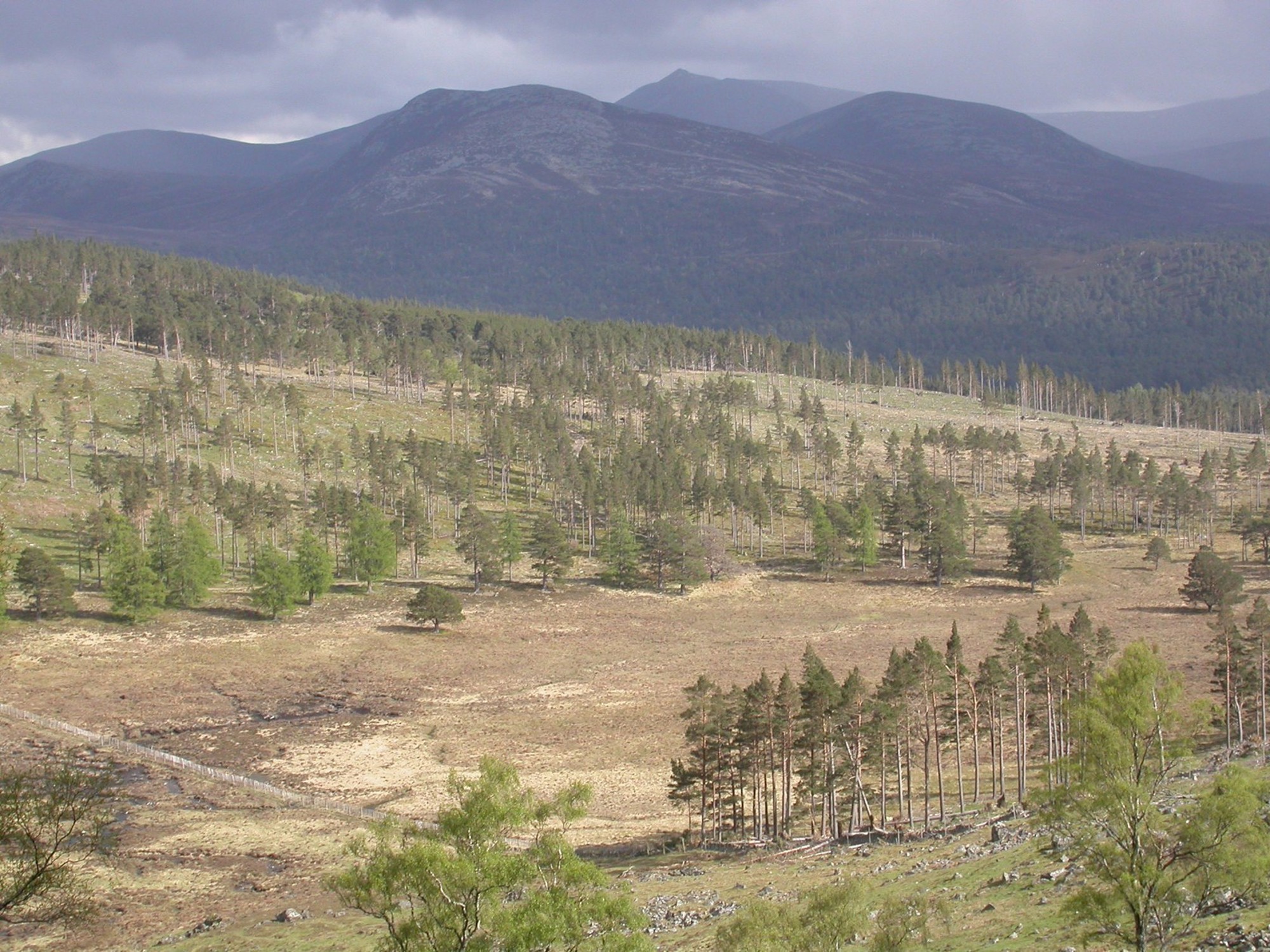- Ecological research targeted to habitats of conservation concern
- From global climate change to woodland microhabitats, and from historic distributions to future projections
Our research includes long-term monitoring, field sampling and experimentation, combined with statistical modelling, to understand how landscape and habitat management can offset biodiversity threat posed by global change.
Ecological Scale - Cryptogams challenge conservationists to work across a broad range of scales. Species often show strong biogeographic patterns, e.g. occurring abundantly in Scotland's oceanic climates, but they are also sensitive to microhabitat. Microhabitat quality - and the occurrence of refugia - can be critical to their survival.
Interactions - Cryptogams such as lichens are symbiotic; their distributions depend on the interaction between partners in space and time. We use this symbiosis to understand how close species interactions will affect biodiversity responses to global change.
Indicators - Cryptogams are sensitive to climate, air pollution, and landscape management, and we use them as indicators for monitoring conservation outcomes and environmental health, and to provoke discussion on the link between biodiversity, ecosystem services and human health and welfare.
Key contact: Dr Christopher Ellis

